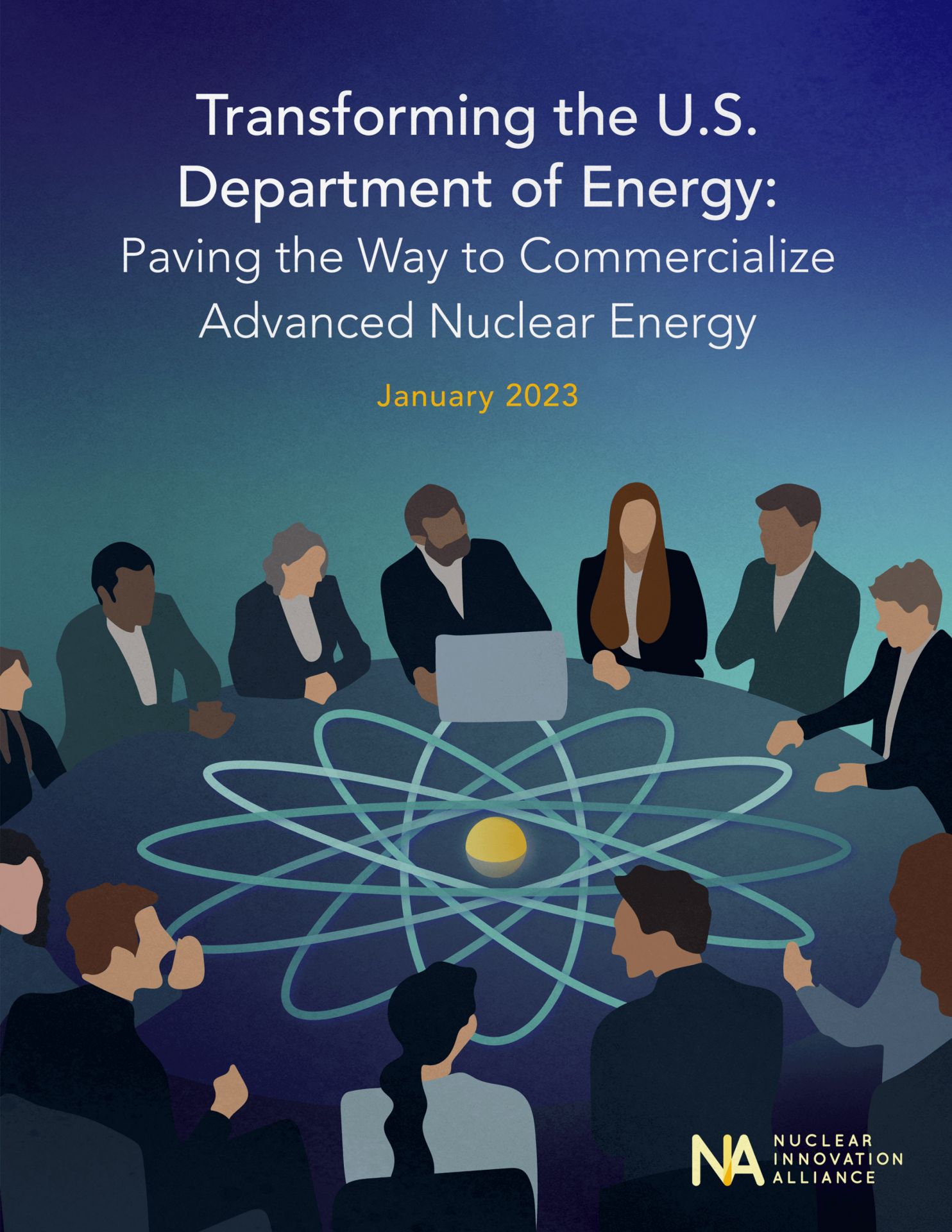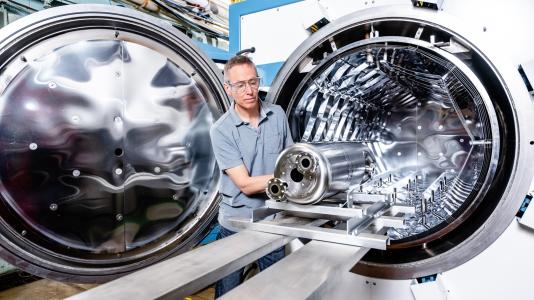Broadened focus: According to NIA executive director Judi Greenwald,“DOE must now broaden its current focus on research and development to incorporate full-scale commercial deployment of technologies such as advanced nuclear reactors. This transition will require a concerted effort and coordination across DOE, including the Office of Clean Energy Demonstrations, Office of Nuclear Energy, Advanced Research Projects Agency–Energy, Loan Programs Office, and DOE’s national labs.”
The DOE’s expertise is in research and development, but more recently, the agency has experienced a shift in emphasis “toward technology deployment to meet climate and energy security challenges.” In order to scale up and deliver products, the agency will need to focus more on the business side of deployment, coordinating with private developers and other government agencies.
Discussion areas: The report divides its recommendations into three parts: “Developing an Advanced Nuclear Energy Strategic Plan”; “Becoming More Effective in Commercializing Advanced Nuclear Energy Technologies”; and “Integrating Advanced Nuclear Energy Efforts across the Federal Government.”
The strategic plan discussed in section 1 would integrate the various nuclear energy programs at the DOE by establishing an Advanced Nuclear Energy Earthshot to focus and coordinate the DOE’s existing capabilities toward innovating the nuclear supply chain. It would also leverage recent legislation and DOE’s current and future advisory committees, assess the viable pathways to solve climate stability and energy security issues, and develop a comprehensive national strategy for exporting advanced nuclear energy technology to help reestablish the US as a nuclear leader.
Section 2 focuses on improvements the DOE can make in its operations to adapt to its new role as a critical partner for private companies, adopting a more businesslike approach rather than focusing solely on technical and scientific challenges.
The third section calls for the Biden administration to appoint a senior director for civil nuclear energy to ensure support from other parts of government. Additionally, the report recommends that Congress provide the DOE with more targeted funding and flexibility.
Renewal effort: The nuclear industry must be willing to renew its structures and delivery methods, and this report is an effort by the DOE and the NIA to set those goals in motion. Even with stellar technology, projects will not be attractive to investors if the regulator, policy environment, or legislation creates uncertain conditions. All players must transform their efforts in order to succeed.
“Success will require DOE to learn to work in step with the private sector to rebuild the supply chain and complete new projects on time and on budget. When private companies have confidence in budgets and schedules, they are more likely to invest and deploy new technologies,” according to the report.
 The Nuclear Innovation Alliance (NIA) released a new report last week titled Transforming the U.S. Department of Energy: Paving the Way to Commercialize Advanced Nuclear Energy, which gives recommendations for how the Department of Energy (DOE) can help advanced nuclear power technologies cross the finish line to commercialization. It calls for a “whole-of-government and whole-of-society effort dependent on successful public-private partnerships.”
The Nuclear Innovation Alliance (NIA) released a new report last week titled Transforming the U.S. Department of Energy: Paving the Way to Commercialize Advanced Nuclear Energy, which gives recommendations for how the Department of Energy (DOE) can help advanced nuclear power technologies cross the finish line to commercialization. It calls for a “whole-of-government and whole-of-society effort dependent on successful public-private partnerships.”





